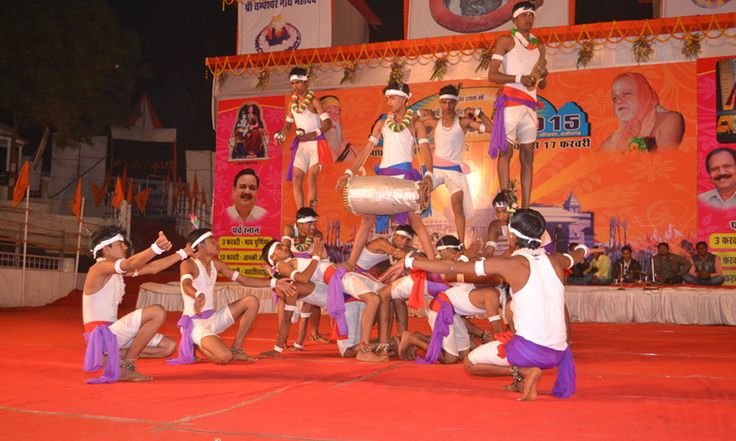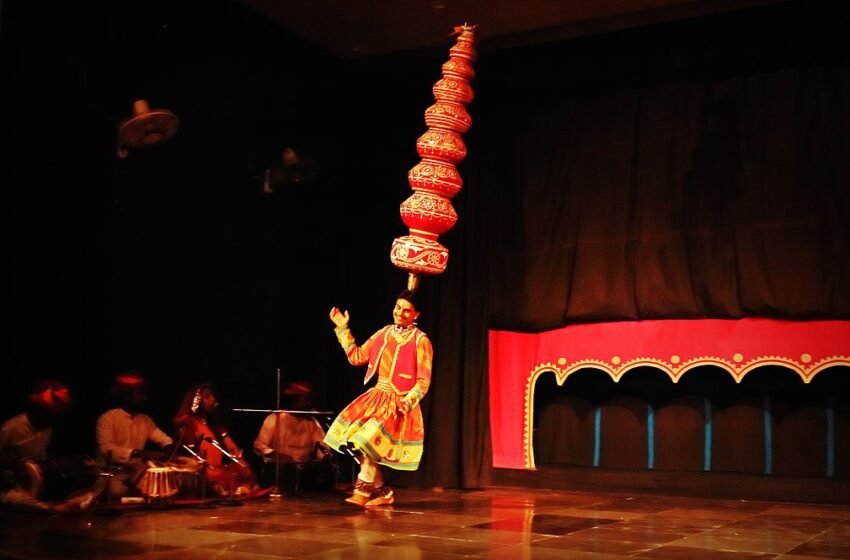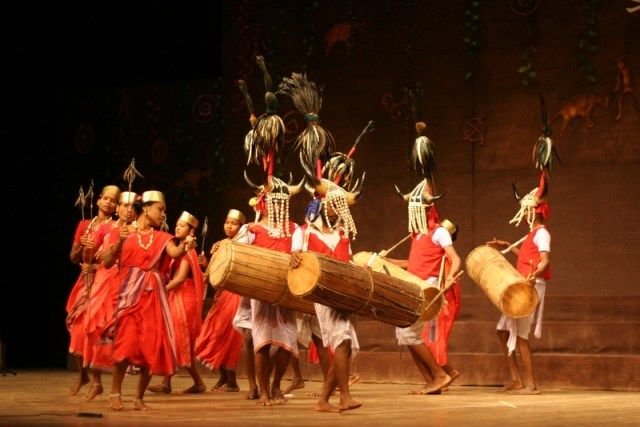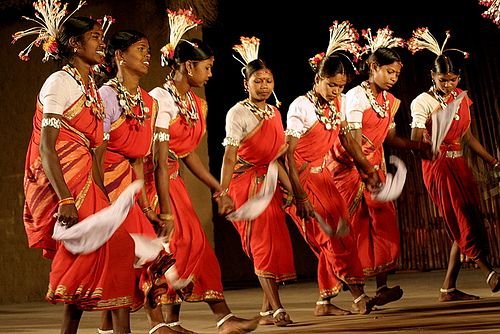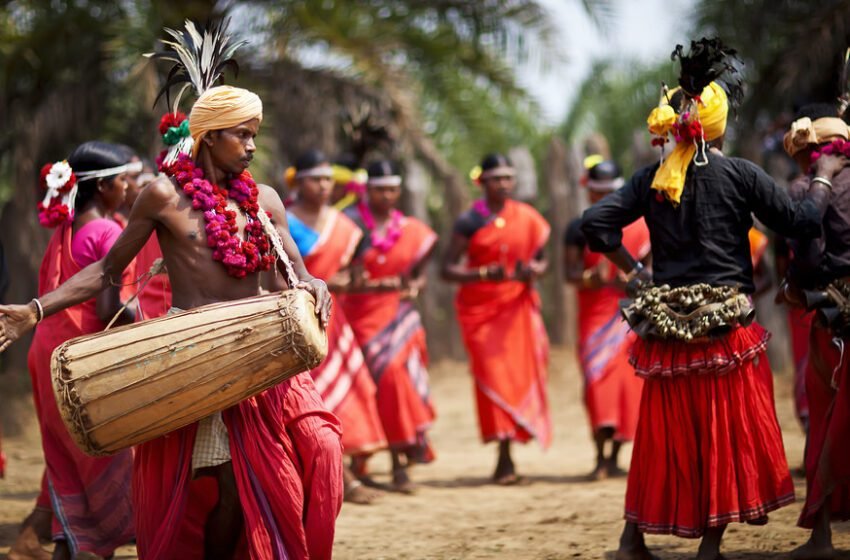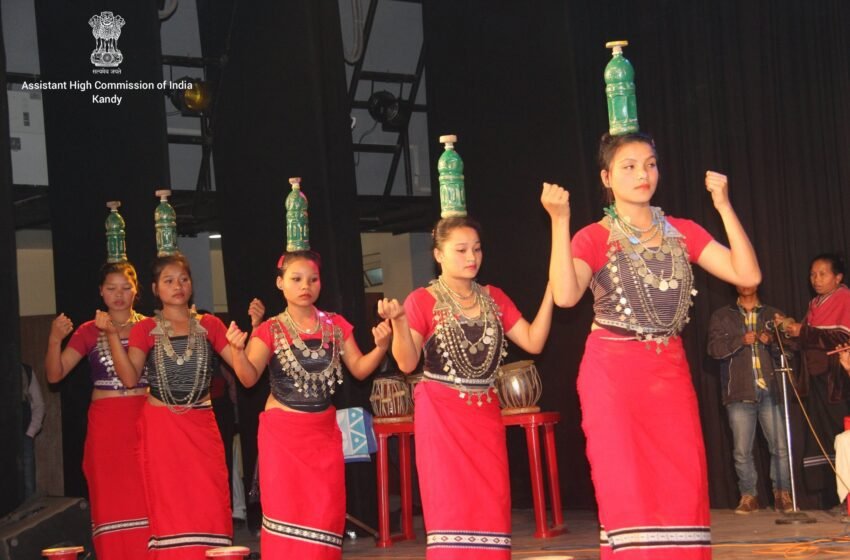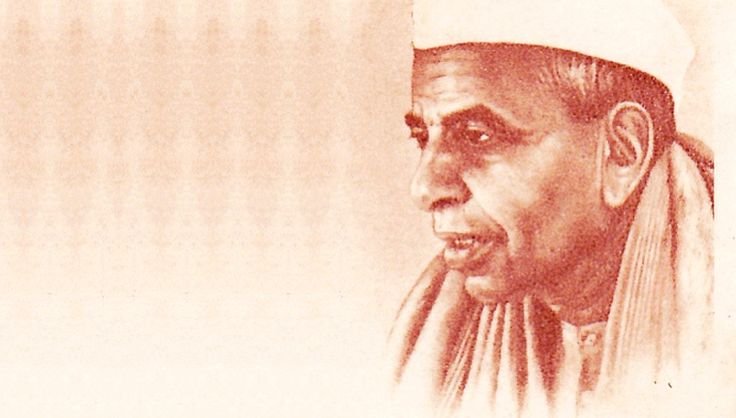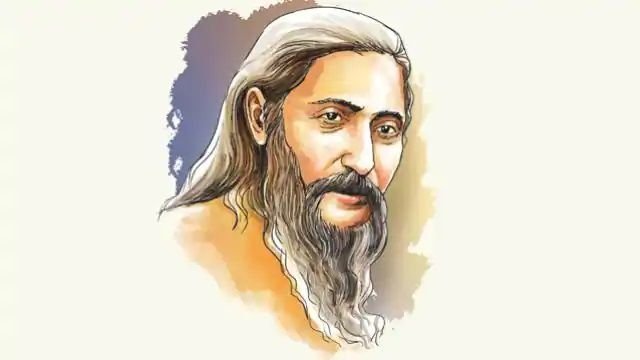Panthi Dance, a vibrant and spiritually enriching folk dance of Chhattisgarh, is deeply rooted in the religious traditions of the Satnami community. More than just a dance form, it is a medium of expressing devotion, philosophy, and cultural identity. This dance is primarily performed on Maghi Purnima, which marks the birth anniversary of Guru Baba […]Read More
Tags : HISTORY
Bhavai is one of the most thrilling and visually mesmerizing folk dances of India, performed primarily in the states of Rajasthan and Gujarat. This dance form is a perfect blend of artistry, skill, and cultural expression, featuring female performers balancing multiple earthen pots or brass pitchers on their heads while gracefully dancing on glass, the […]Read More
Folk dances are an integral part of India’s tribal communities, reflecting their cultural ethos, social traditions, and way of life. One such dance is the Gaur Maria Dance, performed by the Bison-Horn Maria tribe of Bastar, Chhattisgarh. This dance, inspired by the spirit of hunting, is energetic, theatrical, and deeply symbolic. It is performed on […]Read More
Karma Dance, also known as Karma Naach, is a vibrant folk dance deeply rooted in the traditions of tribal communities in Central and Eastern India. This dance is primarily associated with the Karma festival, an important cultural event that symbolizes fate, nature, and prosperity. It is predominantly performed in the states of Madhya Pradesh, Chhattisgarh, […]Read More
Chhattisgarh, known for its vast forests, rich mineral resources, and diverse tribal population, shelters some of the most ancient communities in India. These indigenous tribes have preserved their unique traditions, languages, and cultural expressions, including vibrant folk dances that serve as a medium of worship, storytelling, and seasonal celebration. Among these, the Saila Dance stands […]Read More
Dance has always been an integral part of cultural identity, reflecting the traditions, beliefs, and artistic expressions of various communities. Among the many vibrant folk dances of India, Hojagiri stands out as a unique and mesmerizing performance, deeply rooted in the traditions of the Reang (Bru) tribe of Tripura. This extraordinary dance form, known for […]Read More
Poetry has been a tool of revolution and revolt for long, being the voice of the voiceless, a weapon to fight oppression, and a mirror to society’s deepest flaws. Hindi poetry, in specific, has been the key to forming political, social, and cultural discourse in India. From the fiery poetry of the nationalist poets in […]Read More
Existentialism, as a philosophical movement, delves into the fundamental questions of human existence, freedom, alienation, and the search for meaning in an often indifferent or absurd world. Though primarily associated with Western thinkers like Jean-Paul Sartre, Albert Camus, and Friedrich Nietzsche, existentialist ideas have found a deep resonance in modern Hindi poetry. The 20th and […]Read More
The Theme of Alienation and Disillusionment in Contemporary Hindi Poetry
Alienation and disillusionment are now becoming defining themes of contemporary Hindi poetry, especially in the fray of those complexities with rapid social and technological changes. Modern poets describe this deep sense of isolation in urban life, the disillusionment with socio-political structures, and the existential dilemma of a fragmented world. These themes, however, are not new […]Read More
Every year, the small town of Rajim in the Gariaband district of Chhattisgarh transforms into a bustling spiritual hub as devotees from across the nation gather for the Rajim Kumbh Mela. Often hailed as the “Fifth Kumbh” of India, this annual pilgrimage echoes the sacred traditions of the great Kumbh Melas held at Haridwar, Prayagraj […]Read More
